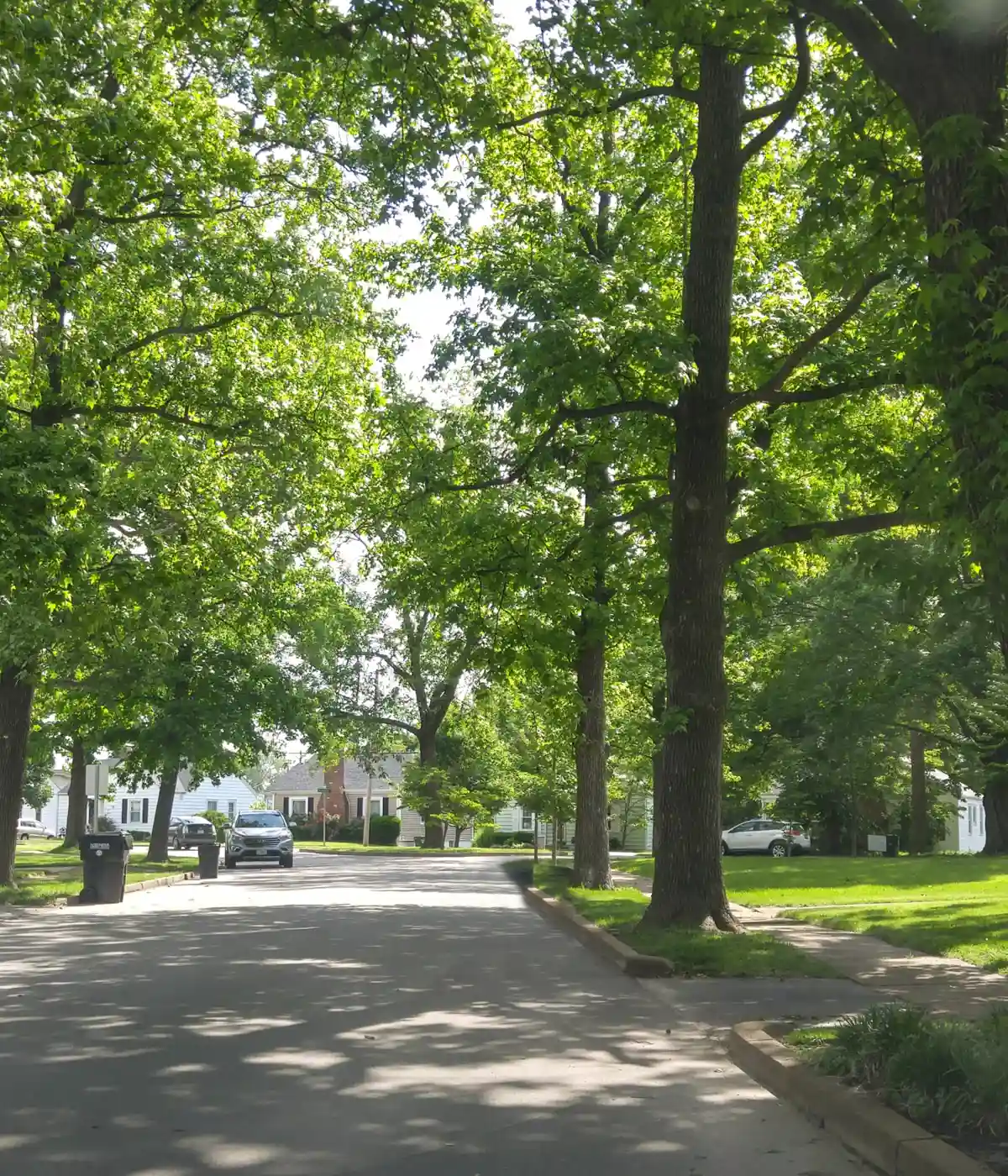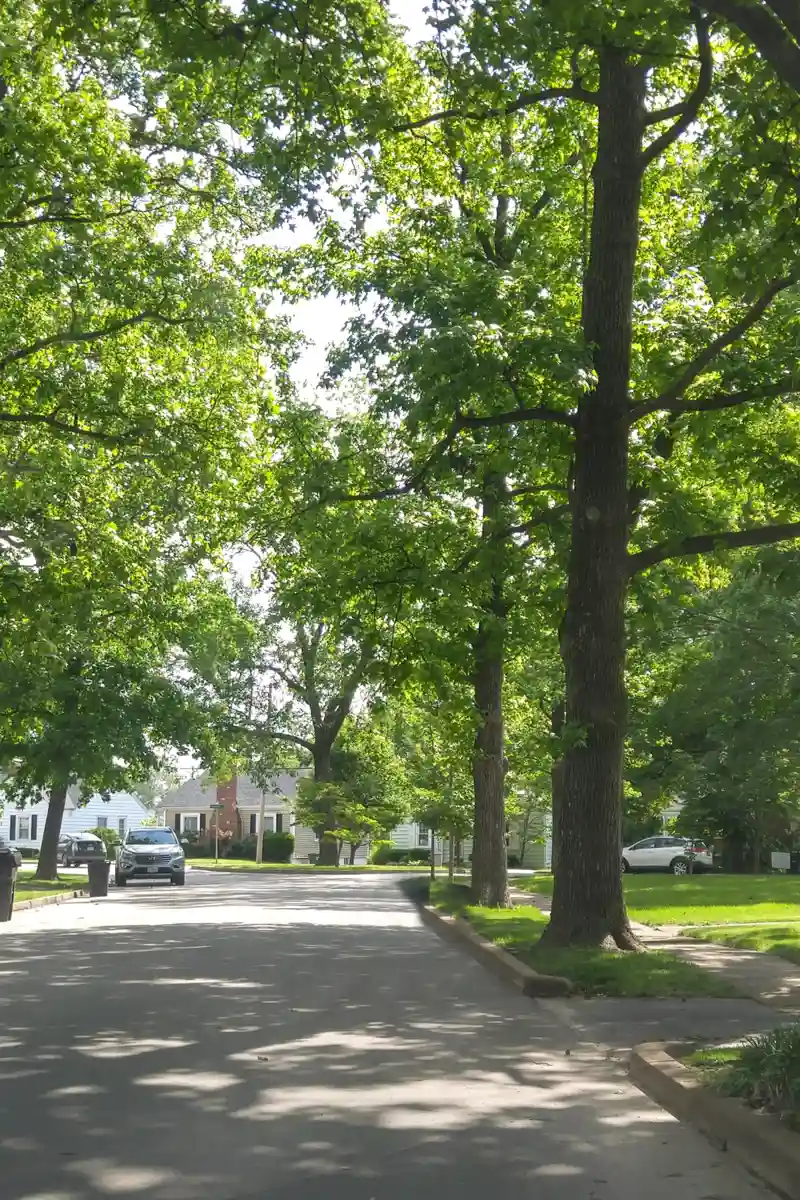The Northeastern U.S. is experiencing an increased amount of rainfall. Drizzly springs and humid summer storms in the region can lead to moisture-related tree diseases, such as fungal tree infections and wet weather insect infestations.
With offices in New York, New Jersey, and Connecticut, Davey knows how to identify and treat common tree fungi and tree pests that thrive in wet weather. Read on to learn more!
Common Tree Diseases That Thrive in Wet Weather
While many fungal diseases are noticed in the summer, most of them actually start in the spring when the tree was initially infected. If left unchecked, moisture-related tree diseases can severely affect a tree’s health. Watch out for these symptoms to quickly detect them.
- Anthracnose
- Symptoms: Watch for black, brown, or purplish spots and irregular blotches on leaves. Anthracnose can also cause leaf cupping and shoot blight.
- Conditions: Cool, wet weather conditions that often occur in springtime
- Hosts: Sycamore, oak, and dogwood
- Rust Diseases
- Symptoms: Keep an eye out for bright orange, rust-colored pustules on the underside of leaves, leaf yellowing, and premature leaf drop.
- Conditions: Mild, wet temperatures, typically during the fall-to-spring transition
- Hosts: Cedar-apple rust (on junipers and apples/crabapples), hawthorn, and serviceberry, Pear
- Apple Scab
- Symptoms: Be on the lookout for olive-green to black velvety spots on leaves and fruit. Defoliation can occur in severe cases.
- Conditions: Favors cool, wet spring weather
- Hosts: Crabapples, apples
- Volutella Blight (Boxwood)
- Symptoms: Watch for orange-pink sporulation on leaves and stems. Damage can often be mistaken for winter damage since boxwoods are frequently hit by freeze damage during harsh winters.
- Conditions: Spread occurs during cool, wet spring weather
- Hosts: Japanese spurge, sweetbox, American, English, and Korean boxwoods
Common Tree Pests That Thrive in Wet Weather
While fungal diseases are the primary culprits during wet weather, certain pests can also cause trouble. Look out for these symptoms to avoid wet-weather insect infestations.
- Pine Needle Scale
- Symptoms: Look out for white scabs on the needles and stems of pine trees that cover and protect insects over winter. Heavily infested plants will have a distinctive whiteish cast to the needles and stems like they’ve been dipped in wax.
- Conditions: Outbreaks may be favored by prolonged wet weather in June and July
- Hosts: Scotch, mungo, and ponderosas
- Boxwood Leafminer
- Symptoms: Keep an eye out for discolored, yellowish brown leaves, crinkled or disfigured leaves, defoliation, irregularly shaped blotches, raised blisters, andrice crispy like structures on the underside of the leaf.
- Conditions: Various conditions
- Hosts: Boxwood shrubs
- Hemlock Woolly Adelgid
- Symptoms: Look out for dry tree needles that turn grey or yellow and drop early
- Conditions: High rainfall may induce an infestation
- Hosts: Mountain hemlock, western hemlock, eastern hemlock, Carolina hemlock





